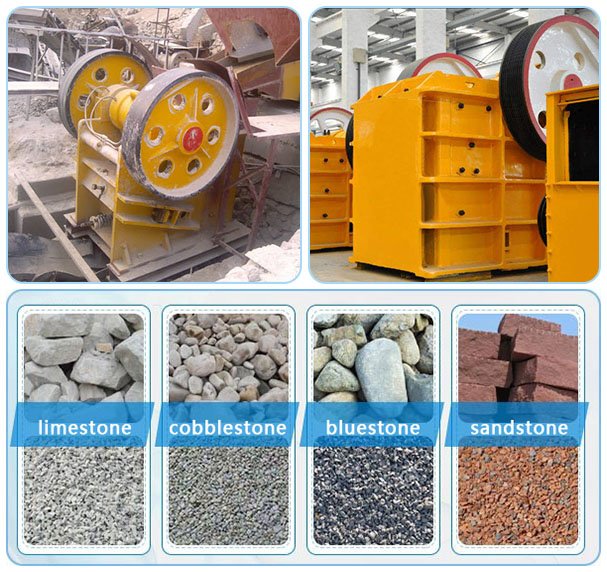For product information and pricing, Chat with sales agent:
or email us : sales@clirik.com
Click links below to see related products.

Setting up a limestone crushing line with a capacity of 100 tons per hour requires careful planning and consideration of various factors such as the type of limestone, the desired final product size, the hardness and abrasiveness of the limestone, the available space, and the budget.

We will introduce in detail how to set up a limestone crushing production line from 12 aspects:
l Limestone Type: Identify the specific type of limestone to be crushed (e.g., dolomite, calcite) as different types may have varying hardness and abrasiveness.
l Final Product Size: Determine the required size of the final crushed product.
l Input Size: Consider the maximum size of the limestone rocks entering the crushing line.
l Primary Crusher: Choose a primary crusher capable of handling large limestone rocks. Jaw crusher is an ideal primary crusher for processing medium-hard to hard materials due to its powerful jaws that can crush even the toughest materials.

l Secondary Crusher: Select a secondary crusher to further reduce the size of the limestone. Common choices are cone crushers and impact crushers.


l Tertiary Crusher: If necessary, include a tertiary crusher to achieve the desired final product size. This could be a cone crusher or a vertical shaft impactor (VSI).

l Flow of Material: Design the flow of material from the primary crusher to the final product. Ensure a smooth transition between crushers to optimize efficiency.
l Sizing and Capacity: Ensure that each crusher in the circuit is appropriately sized to handle the required throughput of 100 tons per hour.
l Screening: Consider incorporating vibrating screens or grizzlies to separate oversized material before it enters the crushers.
l Feeders: Choose feeders to regulate the flow of limestone into the crushers.
l Conveyors: Select conveyors to transport limestone between crushers and other processing equipment.
l Screens: Consider using screens to classify crushed limestone into different sizes, enhancing efficiency and product quality.
l Space Optimization: Design a layout that optimizes space and facilitates efficient material flow through the crushing line.
l Accessibility: Ensure easy access for maintenance tasks such as crusher inspections, lubrication, and component replacements.
l Safety Measures: Implement safety measures to protect workers and prevent accidents.
l Power Consumption: Calculate the power requirements for each crusher and auxiliary equipment component.
l Energy Efficiency: Consider energy-efficient equipment and technologies to minimize operating costs.
l Automation: Implement automation systems to control crusher settings, monitor performance, and optimize operation.
l Control Systems: Install control systems to regulate the flow of material and ensure consistent production.
l Dust Suppression: Implement dust suppression systems to minimize airborne dust during crushing operations.
l Noise Control: Take measures to reduce noise levels, such as installing sound barriers or using quieter equipment.
l Equipment Procurement: Purchase the necessary crushers, feeders, conveyors, screens, and other equipment from reputable suppliers.
l Material Procurement: Procure materials required for construction and installation, such as steel structures and concrete foundations.
l - Installation: Install the equipment according to the approved layout and specifications.
l - Commissioning: Test the crushing line to ensure all components are functioning properly and the desired output of 100 tons per hour is achieved.
l - Operator Training: Provide comprehensive training to operators on how to operate the equipment safely and efficiently.
l - Maintenance Training: Train maintenance personnel on proper maintenance procedures to ensure equipment reliability and longevity.
l - Performance Monitoring: Continuously monitor the performance of the crushing line, including throughput, product quality, and energy consumption.
l - Optimization: Make adjustments as needed to optimize performance, such as adjusting crusher settings or fine-tuning the crushing circuit layout.
By following these steps and considering the specific requirements of the limestone crushing project, you can successfully set up a crushing line with a capacity of 100 tons per hour.
